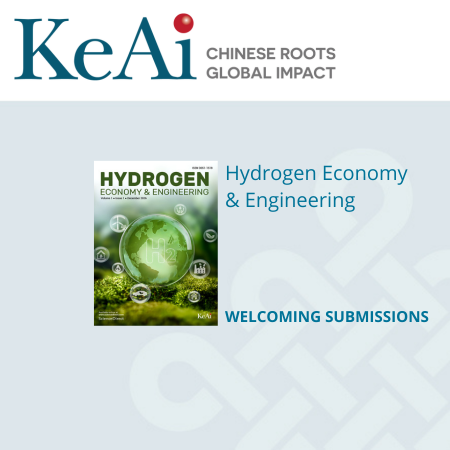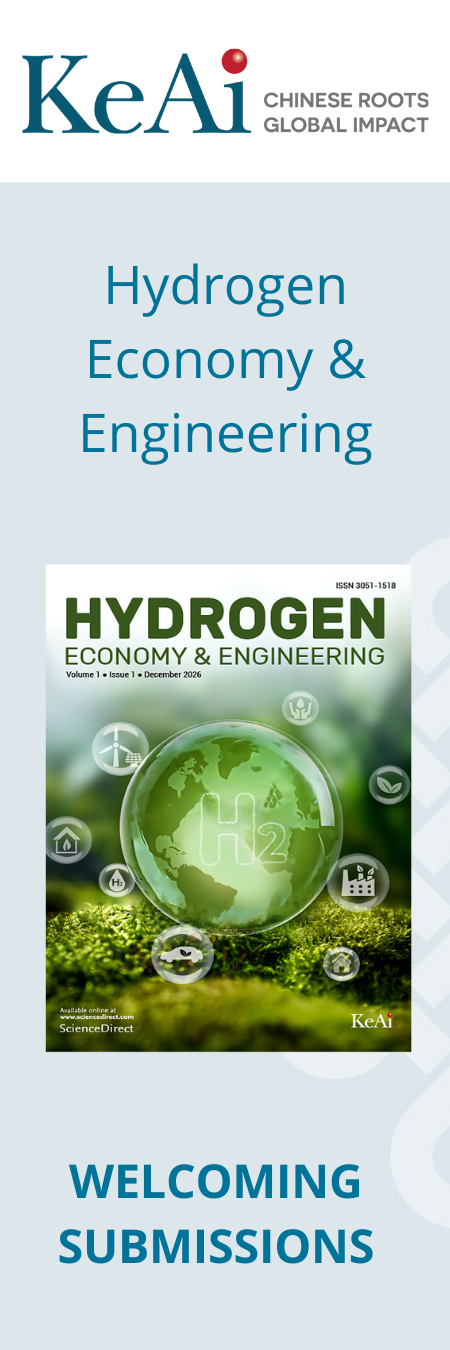Machine Learning Identify Promising COFs for Helium Purification.
Published 10 November, 2025
Helium is a valuable gas that plays crucial roles in a large variety of modern industry or scientific research, including low-temperature superconductivity, nuclear magnetic resonance, semiconductor manufacturing, and aerospace applications. It is extremely scarce and is mainly produced by the radioactive decay of elements such as uranium and thorium.
Over billions of years, helium has accumulated in a limited number of natural gas reservoirs. To extract it from these reservoirs, it must be separated from other gases such as CH₄ and N₂. The main separation methods include adsorption and membrane separation, as cryogenic distillation is highly energy intensive. Both adsorption and membrane-based approaches require suitable porous materials, whose pores not only provide a large surface area for gas adsorption but also enable the separation of smaller gas molecules from larger ones.
In a new study published in Green Energy & Environment, a research team at South China University of Technology (SCUT, Guangzhou, China) note a promising class of materials, covalent organic frameworks (COFs), which are like molecular LEGO structures built from organic molecules linked together in a precise, repeating pattern, yielding highly ordered and tunable pores.
“COFs are very similar to MOFs (Metal Organic Frameworks, The Nobel Prize in Chemistry 2025), but a key difference is that COFs contain no metals, further enhancing their stability and processability,” explains the study's senior and corresponding author Libo Li, a professor at SCUT.
The researchers screened top-performing COFs for helium purification from natural gas from a vast number of databases by combing machine learning (ML, The Nobel Prize in Physics 2024) with extensive molecular modeling (The Nobel Prize in Chemistry 2013).
“The database contained about 800 experimentally synthesized COFs, from which we identified, through simulations, the best-performing candidates for adsorption and membrane-based separations,” explains Li. “The results guide future experimental studies, which could focus on the most promising COFs to save vast amounts of time and resources.”
Through ML, the team also uncovered why the COFs show outstanding helium purification performance, offering broader insights for future related studies. For instance, 3D COFs with small pores performed best for adsorption separation, while 2D COFs with larger, aligned channels for membrane separation. Other key descriptors (e.g. pore size, Henry constant) that govern helium purification performance and relevant mechanism are also revealed by ML.

Contact author: Libo Li, School of Chemistry and Chemical Engineering, Guangdong Provincial Key Lab of Green Chemical Product Technology, State Key Laboratory of Pulp and Paper Engineering, South China University of Technology, Guangzhou, China, celbli@scut.edu.cn.
Funder: The authors gratefully acknowledge the support from the Natural Science Foundation of China (U23A20115, 22368027), Science and Technology Key Project of Guangdong Province (2025B0101060003), the Natural Science Foundation of Guangdong Province (2024A1515012725, 2024A1515012724), Guangzhou Municipal Science and Technology Project (2024A04J6251), State Key Laboratory of Pulp and Paper Engineering (2024ZD03), and the Fundamental Research Funds for the Central Universities (2025ZYGXZR023).
Conflict of interest: The authors declare that they have no known competing financial interests or personal relationships that could have appeared to influence the work reported in this paper.
See the article: Zenan Shi, et al., Computational Screening of Covalent Organic Frameworks for He Purification with Adsorption or Membrane Separation, Green Energy & Environment, 2025, DOI:10.1016/j.gee.2025.09.002. https://doi.org/10.1016/j.gee.2025.09.002

